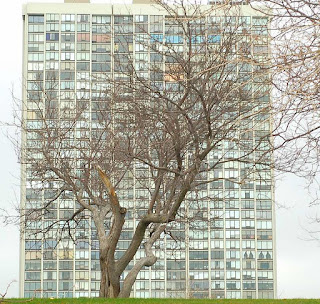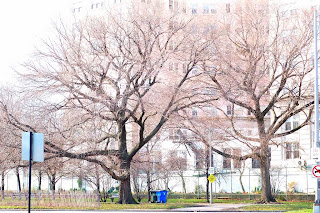 The overarching theme of the relevance of Urban Ecology for a more general environmental thought will
be discussed in a series of posts over the coming weeks. If you are interested use the labels to the
right to locate the series.
The overarching theme of the relevance of Urban Ecology for a more general environmental thought will
be discussed in a series of posts over the coming weeks. If you are interested use the labels to the
right to locate the series.
Henri Lefebvre (1901-1991), was a French Marxist whose
philosophically inclined sociological writings have had an enduring influence
on geography, urban studies, and, to some extent at least, on environmental
thought. Although La Production de
l’espace (The Production of Space) (1974)
is perhaps his most influential work, I have been re-reading his slimmer
volume The Urban Revolution (La Révolution urbaine (1970) ) in recent
weeks. From my perspective the volume is
interesting since Lefebvre’s hypothesis that society is completely urbanized
is important to those of us who might claim that urban ecology is not just an
upstart subdiscipline in ecology but may be in fact be a synonym for
ecology.
An urban society is by Lefebvre’s definition one that comes
about, unremarkably, by the process of urbanization. The core hypothesis, more arrestingly, is
that society has been completely urbanized. Although urban society has been used to refer to a suite of social
arrangements Lefebvre confines the use of the term to a society emerging from
industrialization. Now, as he points
out, this totalizing urbanization that leads to urban society is “virtual today
but will be real in the future.” Thus
the term urban society refers to “tendencies, orientations, and virtualities,
rather than any preordained reality.”
For all this urban society is not fictional: it is a “virtual object”,
or a “possible object”. It is a
“horizon, an illuminating virtuality.”
Urban society, Lefebvre claimed is “gestating in and through the
“bureaucratic society of controlled consumption.” Urban society represents "the prodigious extension of the urban to the entire planet".


























